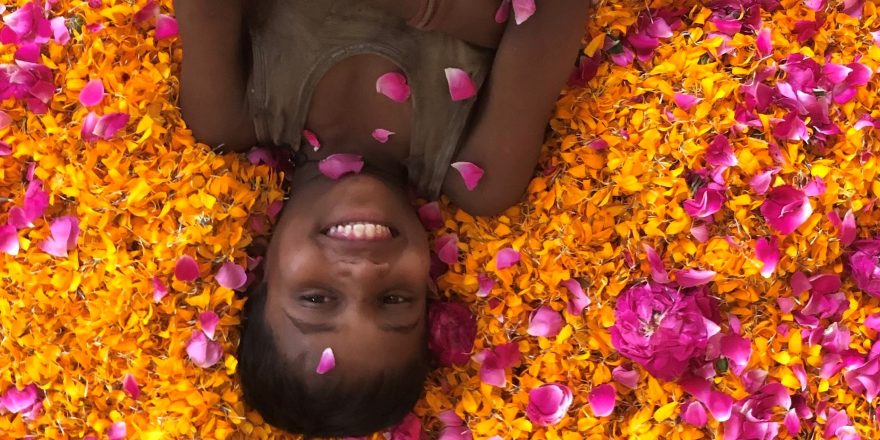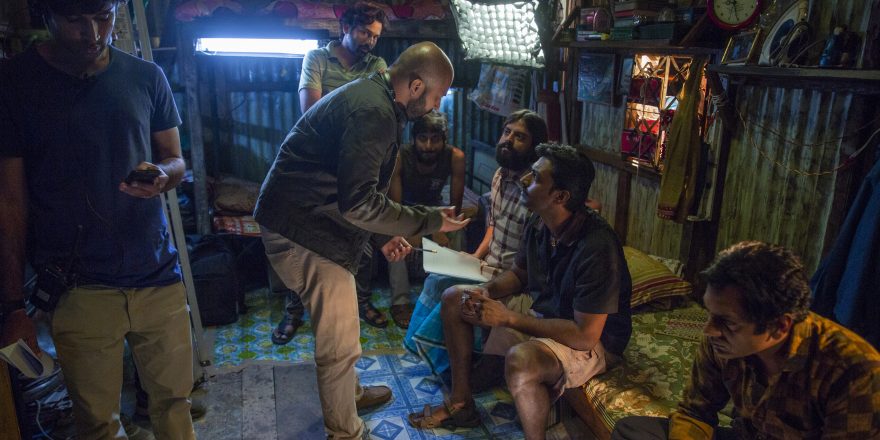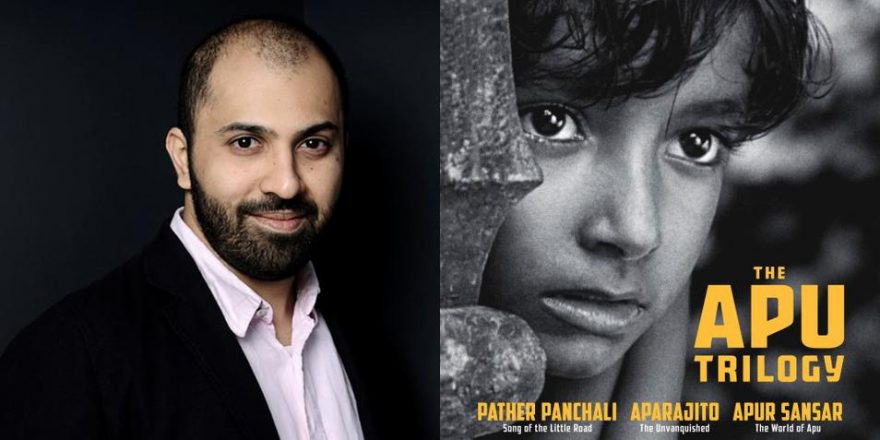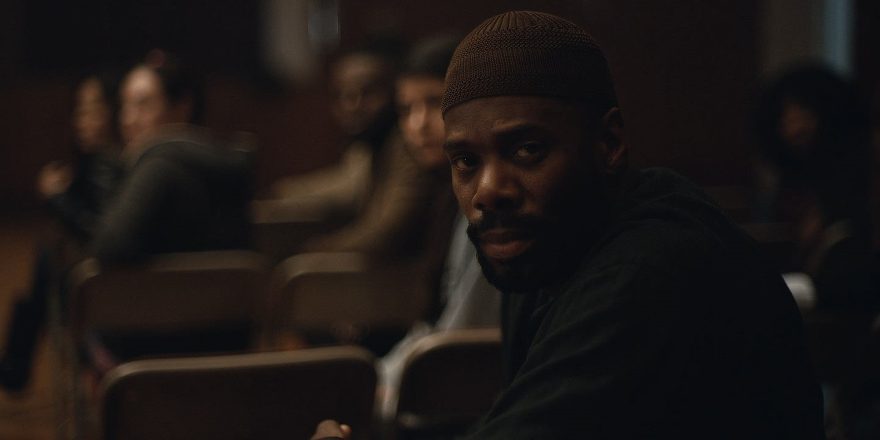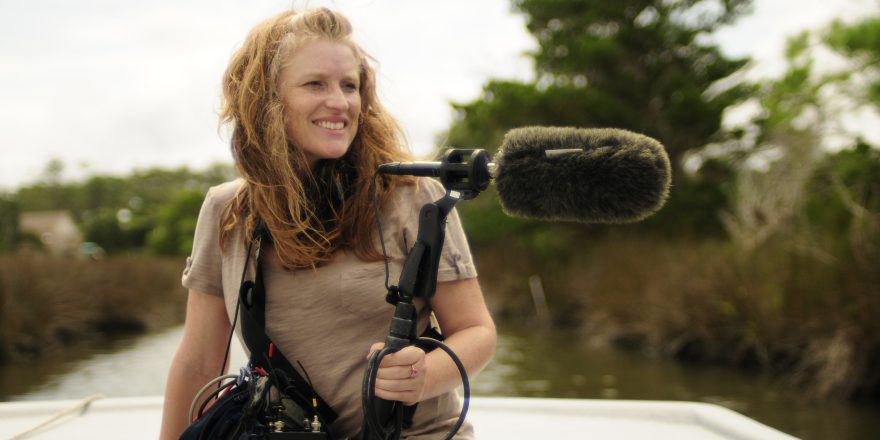In 2011, I was shooting Holi, the Hindu Festival of Spring and Colors, for my cookbook UTSAV: A Culinary Epic of Indian Festivals in Vrindavan, a holy city in Northern India which celebrates the childhood of Lord Krishna and many legends, especially the festivity of Holi.
As we finished shooting the visuals of colorful clouds engulfing the locals, temples and street scenes, I noticed a line of widows wearing white saris standing on the by-lanes and balconies untouched by color. This moved me a lot, as it took me back to my childhood’s dark memories of widows in my family and my neighborhood who wore only white, lived in abstinence – and were shunned by society.
In many parts of India, widows were shunned because of ancient beliefs that they brought bad luck; many times, they were forced to leave their homes. Although this was commonplace in my life growing up, no one raised their voice to challenge these beliefs, and thus they persisted.
I was deeply moved by seeing these widows at Holi and wrote a short story inspired by this scene called “Colorless.” It started with the line, “As the country known for colors celebrates Spring, some of her daughters are not included, they remain colorless.”
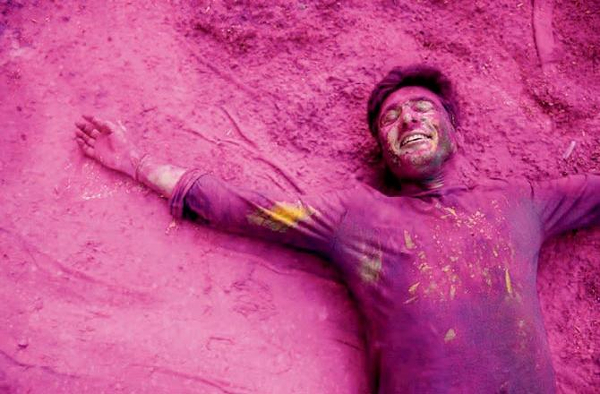
Not only were these widows forced to wear white clothes, shave their heads, and eat the simplest foods, but they were also never invited to any festivals, weddings or child births.
A miracle happened in 2012 when the Indian Supreme Court ruled that widows must not be treated as pariahs, and that the government should provide them food, shelter and medical help. This was a historic decision, a victory for change. It woke people up. It was like the world opened up, like spring had finally arrived.
After this order, widows were allowed to be a part of Holi celebrations for the first time, breaking centuries of traditions. Colored powders were splashed over their white saris, tears streamed down their colored faces – on this day, color was a symbol of rebirth and freedom.
The pictures of the celebration stirred my heart. It was one of the happiest days of my life. I opened my computer early the next morning and the viral images were all over the net, thanks to an NPR story which covered the story in depth.
The faces that I had witnessed in 2011 were glowing, their dry eyes were overflowing with joy. I saw the change, I saw the birth of a new nation that moment. The widows were rising through pain, abuse and the scars of the past.
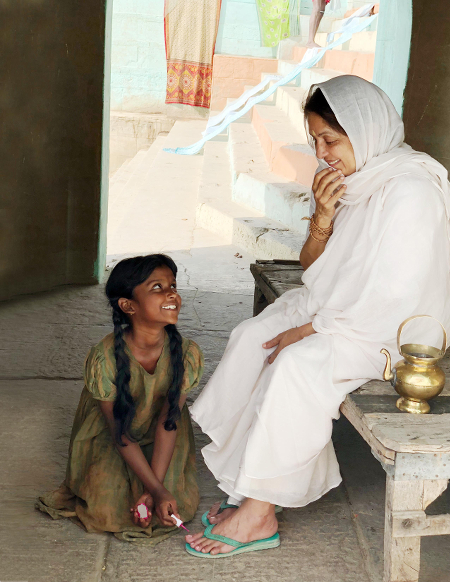
I kept adding more characters and emotions to my story, which became about a widow I had met several times in an ashram. She defined that day as the greatest victory of her lifetime, and felt that she had found her identity. I kept developing the character she had inspired, a sixtysomething widow called Noor on her journey into this new India.
But I felt that I needed one more character to bind the story together, someone who would witness Noor’s pain and eventually bring about change. I also felt that the protagonist had to be an outsider and that she needed a confidant who would give her the will to live a life of dignity once more.
In 2015, my father passed away suddenly and it was very hard for me and my family. I was hiding in Kumbh Mela, hoping to find some answers and gain closure in my personal life, when I met a 10-year-old tightrope walker who was saving money to go to school. She inspired me so much with her confidence and optimism that she became the central character of the story. Thanks to her, “Colorless” grew from a short story to a novella and, after a few years, a novel.
Walking on a tightrope felt to me like a potent symbolic for all our lives. We are always trying to find balance between truth and projection, the personal and the financial, failure and victory. But for me, the person who truly walks on the tightrope is the one who calls out … calls out openly and loudly when something is wrong in the system, someone who does not let society define his or her aspirations and identity.
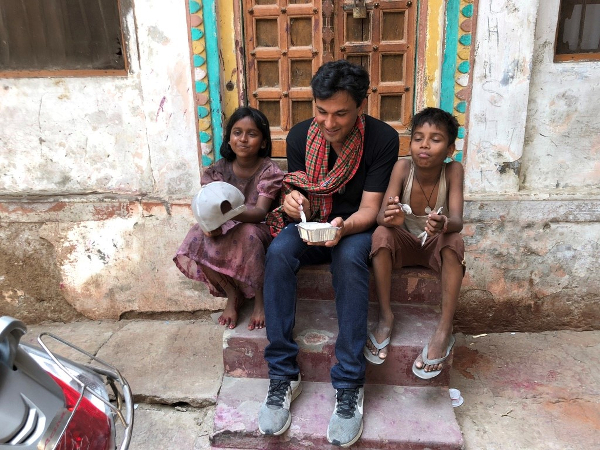
In the summer of 2015, when I had all the elements and characters of my story, I wrote to Paul Assimacopoulos, an editor and writer based in New York, asking him to help me weave the story together. He loved the characters, so we started dividing the story into chapters and then filling it up and working on the characters.
This was a long process; between writing cookbooks, making TV shows and opening a new restaurant in Dubai, it was very tough to finish a novel. But somehow it became my priority; I could see the potential of a genuine shift in society and wanted to celebrate this.
In the winter of 2016, I went back to Varanasi to find new inspiration to tie the threads of the story together. I had written more than 30 cookbooks by that time, with lots of stories about food, but this was the first time I was writing about characters who came from my imagination. I needed to do a lot of research.
And suddenly I thought of the idea: the tightrope walker and the widow become friends and support each other with unconditional love. The tightrope walker promises the widow that they will celebrate Holi together one day. As she cannot fulfill this promise, she is inspired to bring about societal change and better the lives of widows and becomes a lawyer to make this happen.
Paul loved the themes of the story and suggested we write a screenplay, adapting the book into a movie. He kept telling me that my mind is so visual, thanks to 30 years of professional cooking, so I started working on the story relentlessly, trying to turn it into a feature film.
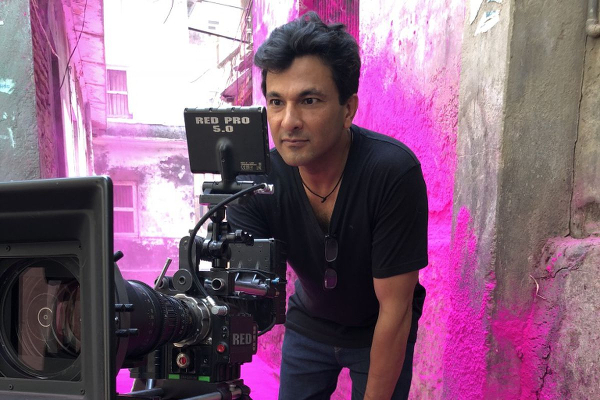
I remember going to Barnes & Noble, sifting through books on how to write a screenplay, and searching online for more information on scriptwriting. All this helped me a lot, and I bought more and more books.
One thing that truly helped me was visualizing the way I wanted the movie to look and feel in all its stages. In the medium of cinema, translating the story to visuals is very tough, but also very gratifying. One thing that made this journey easy was that most of the characters were inspired by real people, which gave me a reference for their behavior, reactions and character. “Keep it real” was my mantra. I wanted The Last Color to be able to not just convey the pain of being colorless and the joy of watching a fearless girl fighting norms, but tell a story that tapped into the stories of all the people who have gone through these experiences.
I still don’t really know how I made this movie, except that it was made through me rather than by me. These characters, this story, these observations all came to me. I made a lot of sacrifices to fit the film into my schedule, though initially everybody was telling me it didn’t make any sense. People told me making a film didn’t go with my brand, but I have to decide what I want to be known for. I’ve received so many accolades for my cooking, but I knew that wasn’t all I had to give. I’m growing as a person, and have expanded my story into very human territory.
As humans, we have short memories, and I think that the true reason I made The Last Color was to remind people that there were centuries of darkness, and to memorialize that victorious day when widows first celebrated Holi. It was a landmark moment and I wanted to highlight it, for it to be documented forever.


